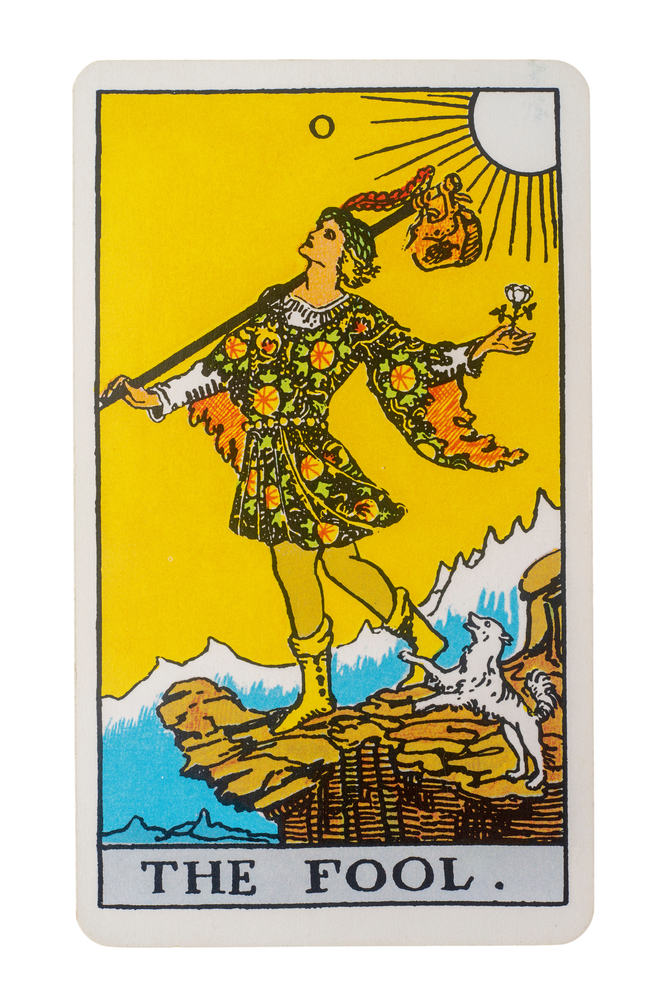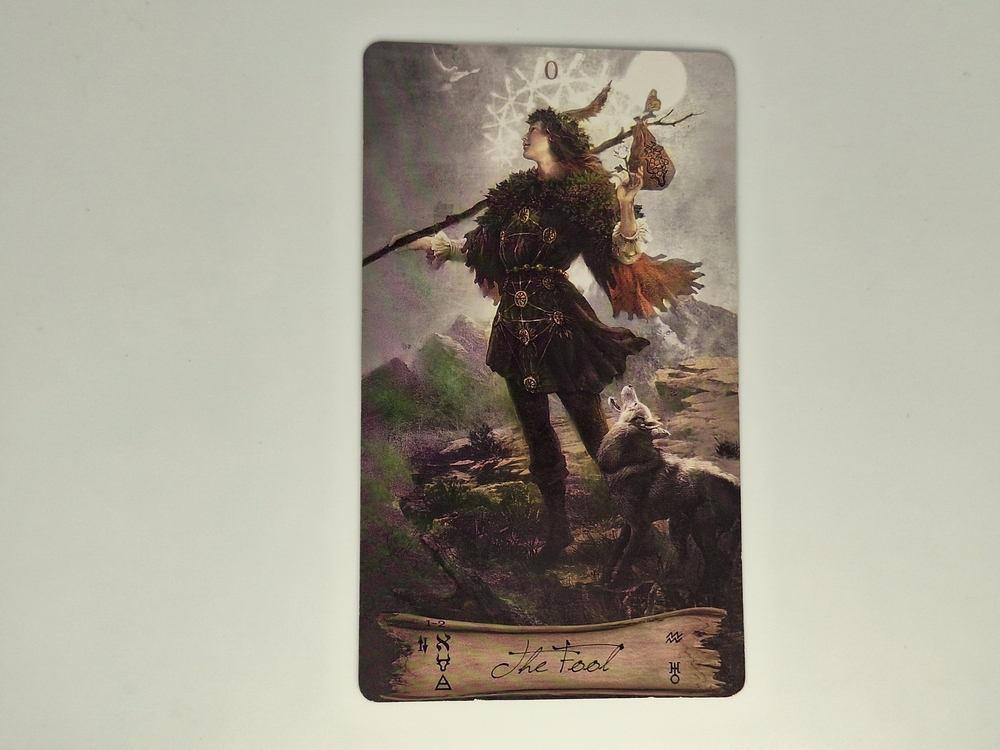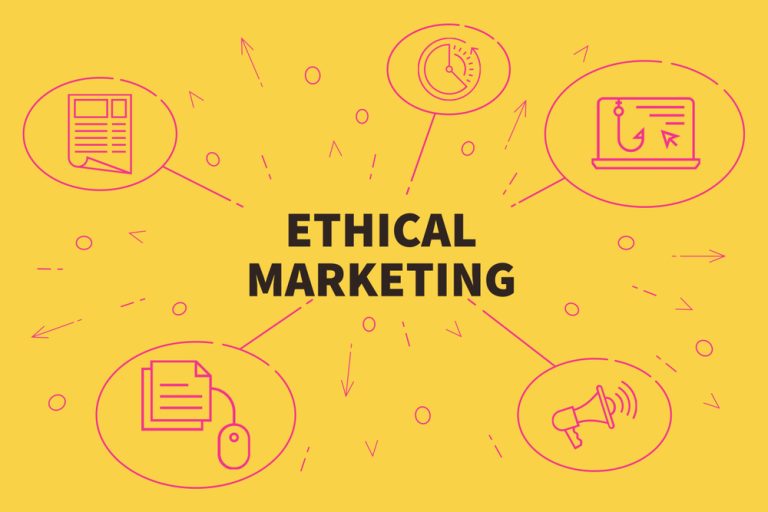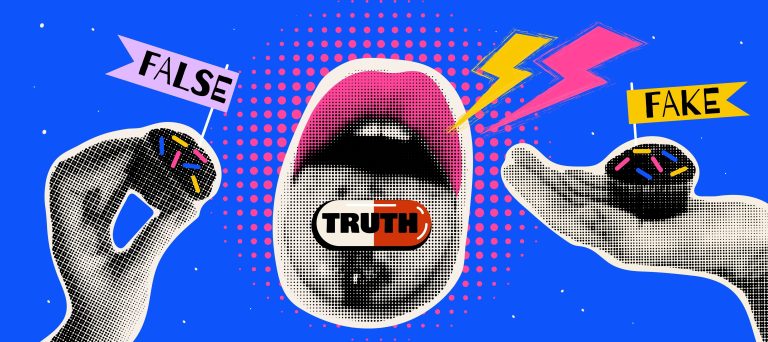What if your brand isn’t a Hero but a Fool? Rethinking the arc with Tarot’s wild card
Not all journeys are about conquest. Some are about surrender. Some begin at zero.
Opening the gate. The Fool, not the Hero
Marketing loves a mountain.
The Hero’s Journey with its cinematic arcs, tidy trials, and triumphant returns, has ruled brand storytelling for decades. From Silicon Valley pitch decks to solopreneur origin stories, we’ve been taught to chase victory, structure every launch like a climax, and make every pivot feel like destiny.
But what if your brand isn’t climbing a mountain at all? What if it’s standing at the cliff’s edge, arms open, pockets empty, grinning into the wind?
This is where The Fool stands; in Tarot, in myth, and in brand narrative. Numbered zero in the deck, The Fool isn’t the first step or the last. They’re the space between, the untethered potential. They carry no sword or plan, just a flower, a small satchel, and trust.
Where the Hero moves with intention, The Fool moves with invitation. Where the Hero prepares, The Fool leaps.
What if your next launch, rebrand, or strategy wasn’t about winning, but about wandering?
The Fool’s Journey: a (brand’s) walk through the Major Arcana
In contrast to Joseph Campbell’s tidy 12-step monomyth, The Fool’s Journey is not a map but a spiral. A soul cycle. It resists logic, rewards surrender, and dares you to transform without a guarantee.

Each card The Fool encounters in the Major Arcana marks a new symbolic terrain, a place brands often recognize even if they never learned the names:
- The Fool (0): That moment before you announce a thing. You don’t know if it will work, but you hit publish anyway.
- The Magician (1): Suddenly you realize that you’ve had the tools all along. Your voice, offer and weird ideas all work!
- The High Priestess (2): You stop performing and start listening. You make space for what isn’t said in your marketing.
- The Tower (16): Your strategy collapses. The algorithm changes. There’s a global pandemic or the political climate changes overnight. You rebrand. It hurts, but it clears.
- The Star (17): Hope returns, quietly, like morning light.
- The World (21): You arrive. And then, you begin again.
The Fool never walks a straight line. They loop. They fall. They double back. And unlike the Hero’s arc, the Fool’s journey doesn’t promise a crown. It promises change. And change again.
Case studies: brands that embrace the Fool
Let’s ground this in something less ethereal, modern marketing.
Oatly: absurdity as strategy
Oatly didn’t try to be the smartest brand in the room. It tried to be the strangest. Meta captions, anti-ad billboards, oat-based performance art. The campaigns were weird, self-aware, and full of failure baked into the joke. No health claims. No superiority. Just oats and irony.
It worked because it wasn’t trying to win. It was playing.
Monzo Bank: naïvete as transparency
In a financial world polished with jargon and hierarchy, Monzo showed up with hot coral debit cards and blog posts about bugs in their app. They shared roadmaps. They admitted mistakes. Their brand said: ” We don’t know everything, but we’re listening”.
That honesty sparked loyalty.
Bereal: anti-curated authenticity
BeReal disrupted the polished, performative logic of Instagram with its “once a day, no filters, no edits” format. They didn’t launch with a grand strategy, but with a dare. Show up as you are, right now. No polish. No filters.
Its growth was chaotic. Its vibe is raw. The Fool would approve.
Startups in Beta Mode: constant Fools
For indie SaaS founders, Substack writers, and creators launching without polish, the Fool’s loop is home. Test → fail → rebuild → try again.
These brands aren’t leading. They’re becoming, building in public, and we love them for it
The Fool in your funnel. Surrender as strategy
How does this actually show up in your copy and marketing?

Launching
Don’t posture. Don’t promise what you can’t yet know. Instead of “We’ve built the ultimate offer”, try “We’re trying something new. Want to come along?” Let people feel the risk and the thrill with you, not behind a velvet rope.
Rebranding
Use the tarot sequence: The Tower → The Star → The Fool. Destruction. Clarity. Rebirth. Messaging that says “We burned it down. What rose surprised even us” is infinitely more magnetic than pretending you planned the fire.
Experimenting
Own the mess. Name the uncertainty. Try “We’ve never tried this before, and that’s why it matters”. Build offers that don’t require you to fake omniscience. The Fool knows not knowing can be sacred.
A Fool’s guide to ethical play
The Fool is not a license to be chaotic for attention. The Fool is not clickbait.
The Fool is willing, transparent, and respectful. To do this well:
- Be clear about what you don’t know.
- Make space for your audience’s autonomy.
- Don’t dangle mystery as manipulation. Make it a door.
Keep in mind, that you’re inviting presence, not performing chaos. Ask yourself:
- Am I using play to connect or to distract?
- Does this uncertainty build trust or erode it?
- Is my audience confused or curious?
If the answer is the latter, you’re on the right (tarot) card.
Reframe the Call to Adventure. What now?
The Hero’s Journey asks: “How do I conquer?” The Fool’s Journey asks: “What might happen if I don’t try to control it at all?”
So, here’s your Call to Adventure: Choose one piece of your funnel, a sales page, an email, a post, and rewrite it like a Fool. Not careless or chaotic, but open. Say what you don’t know. Say what you hope for. Say what you’re curious about.
That’s enough.
Closing loop. From zero, again
The Fool doesn’t arrive at a final destination. They arrive in motion.
You don’t need to be the Hero right now. But you do need to step off the edge and see what happens.
And then, you begin again.







